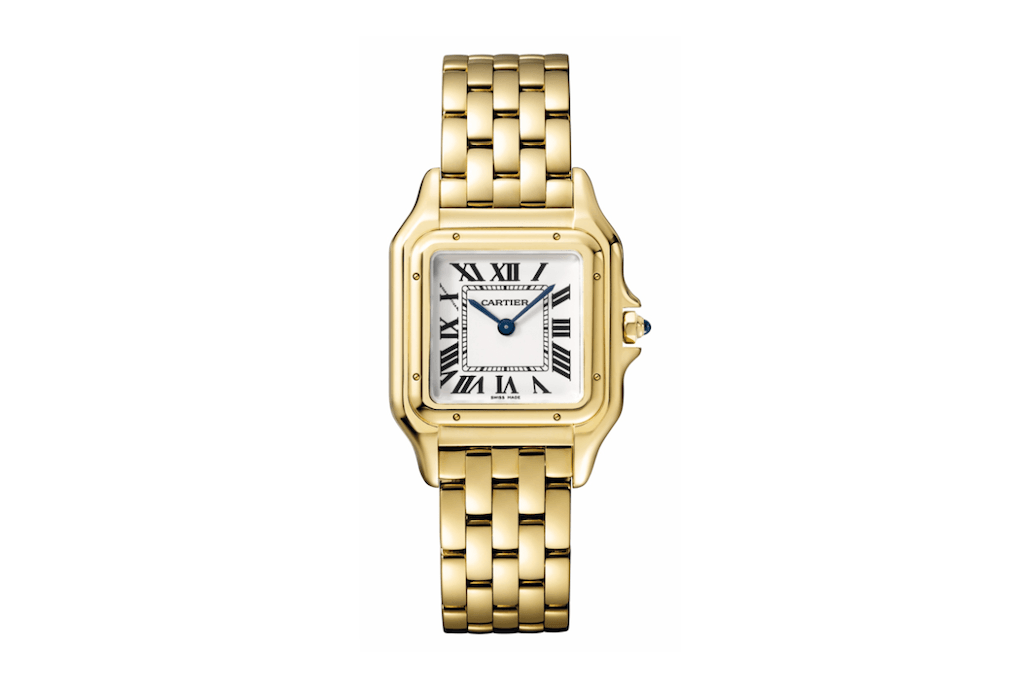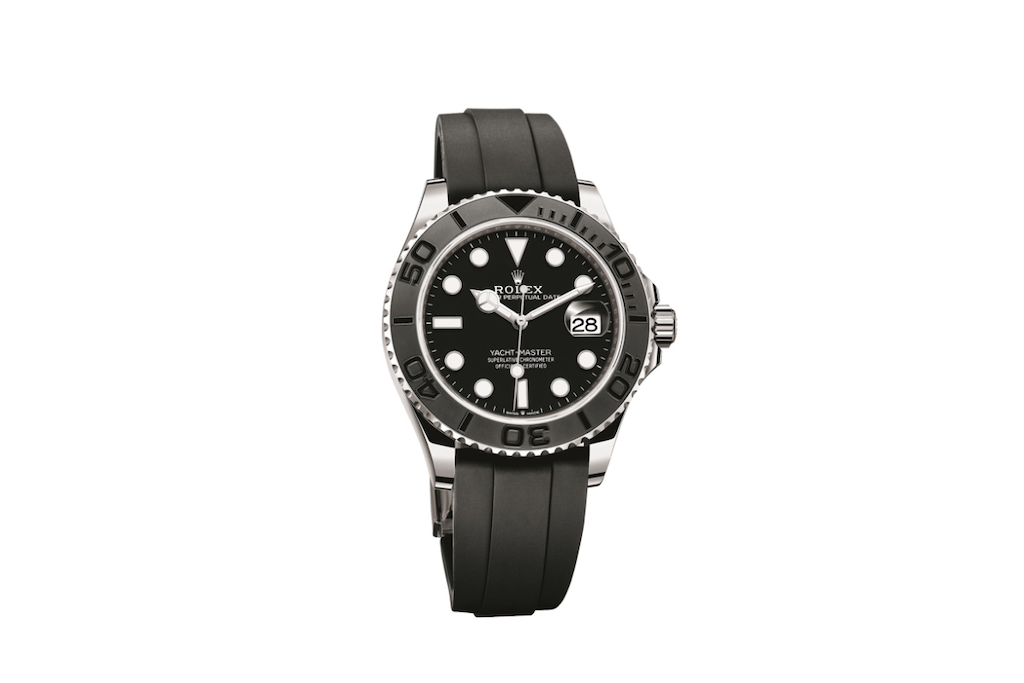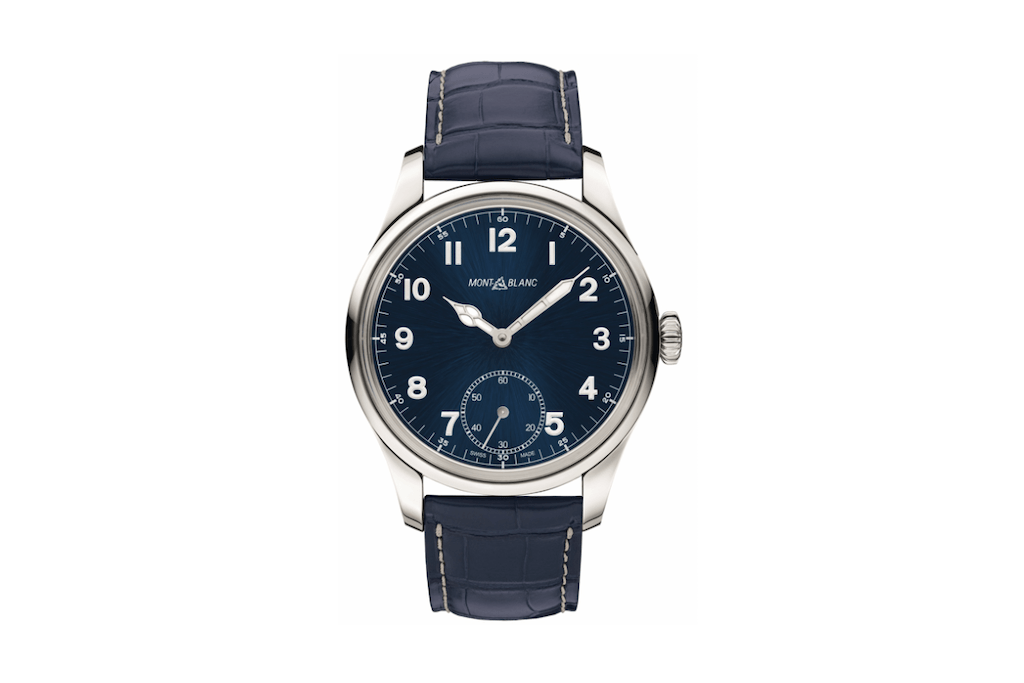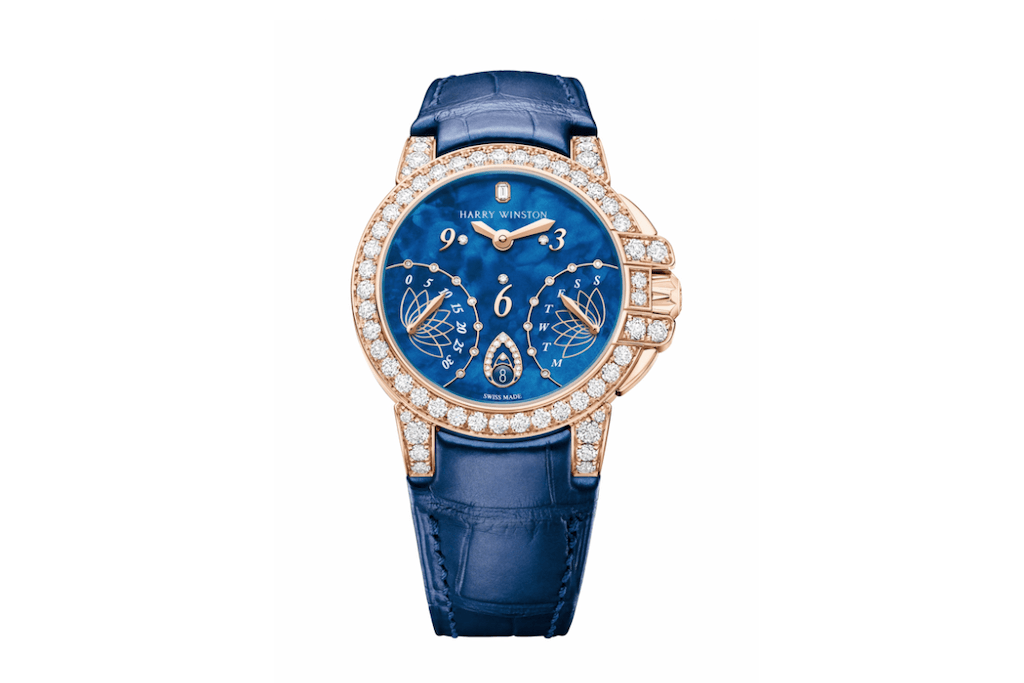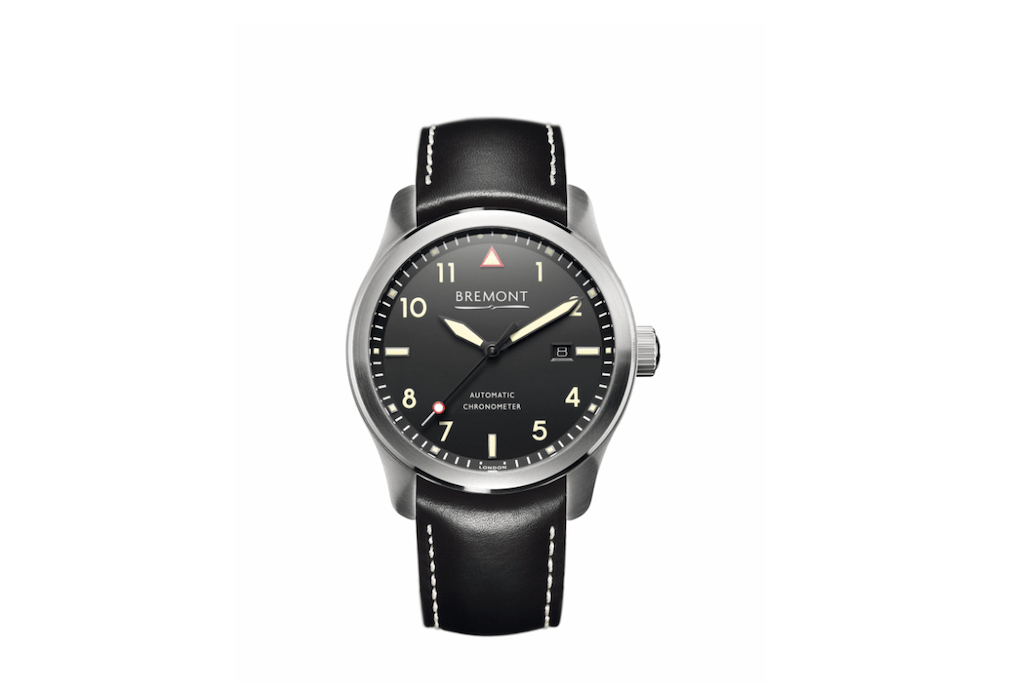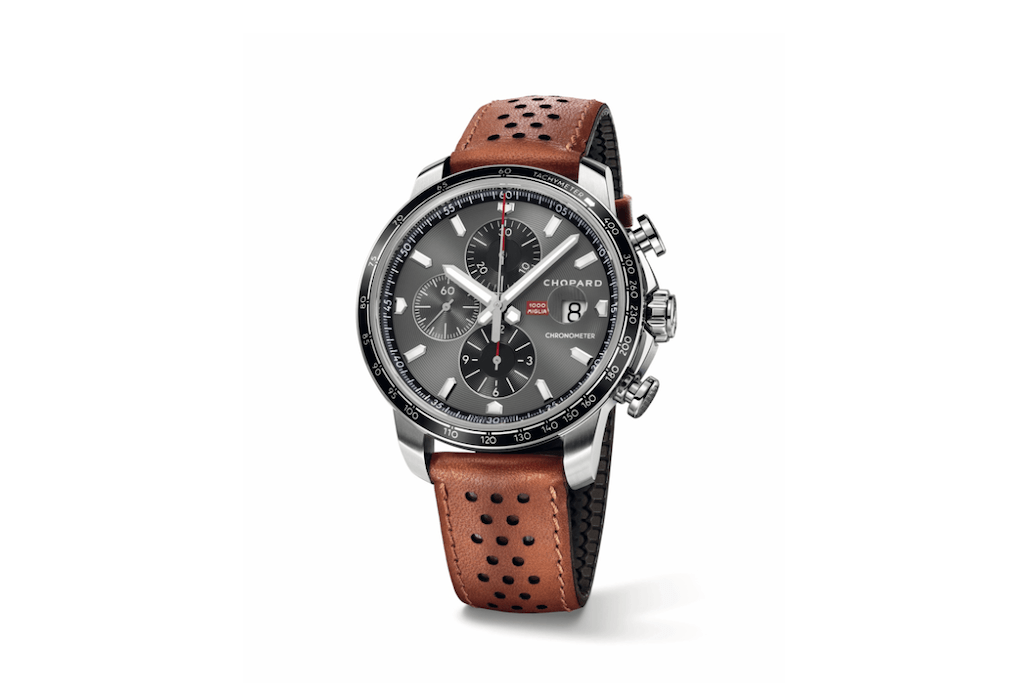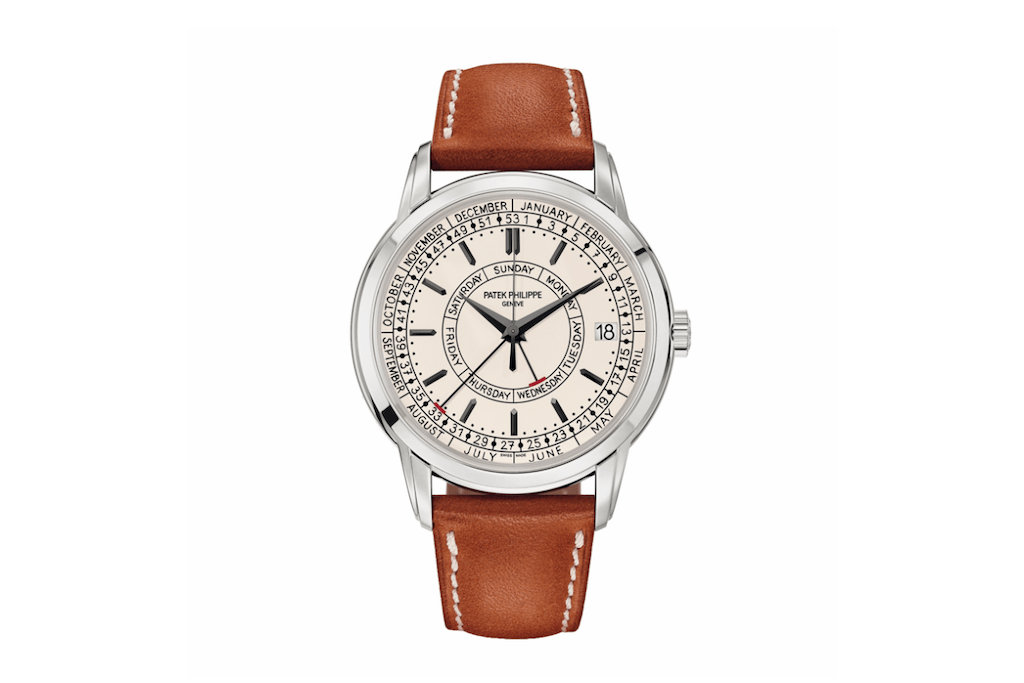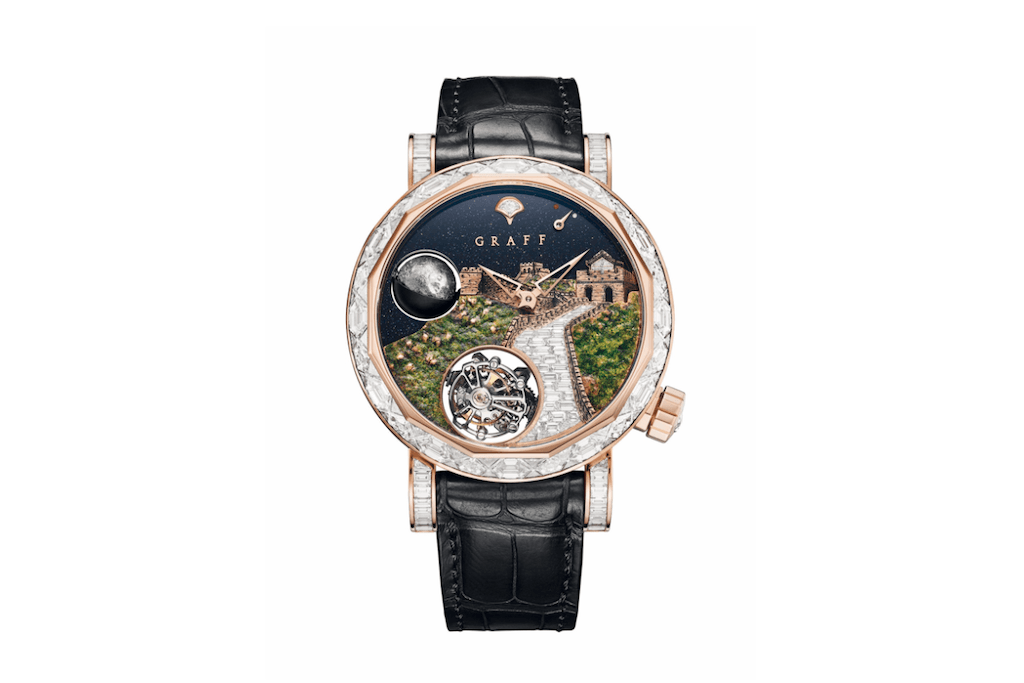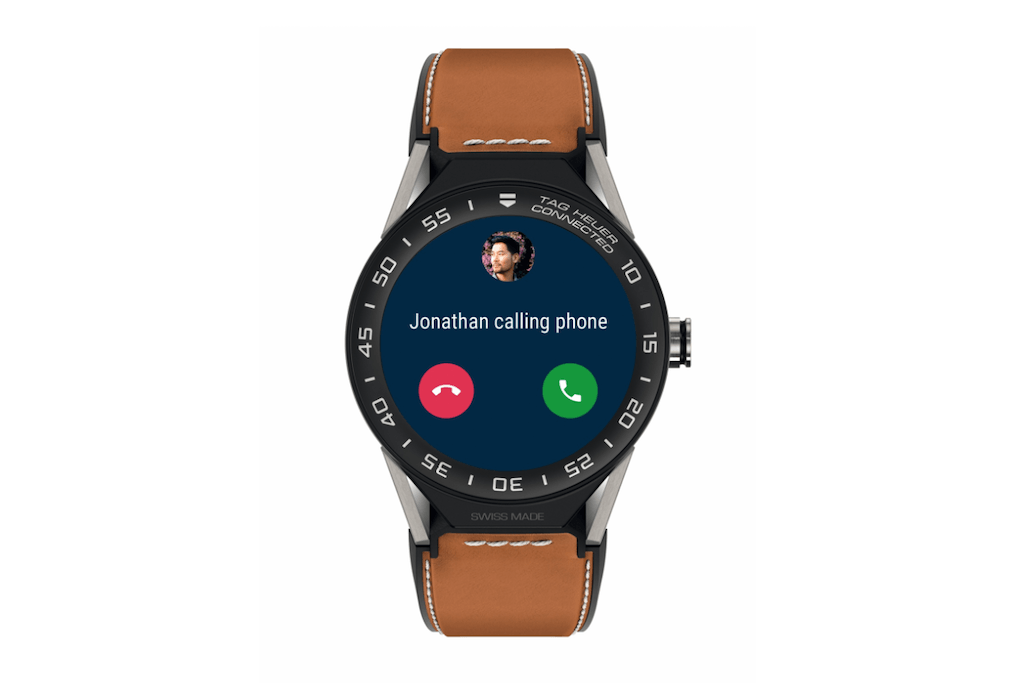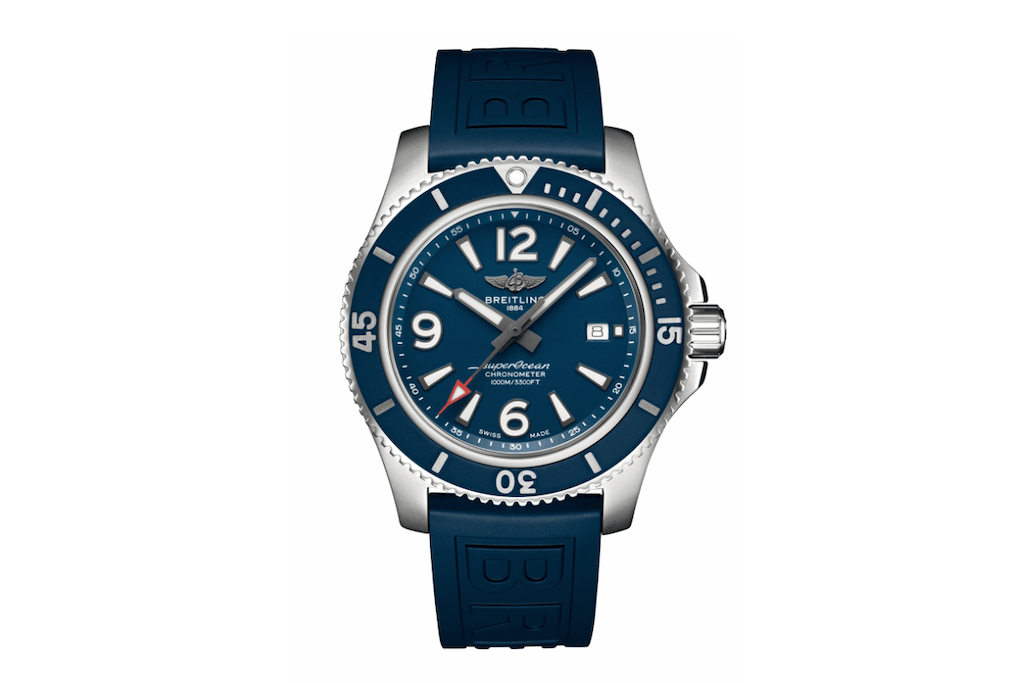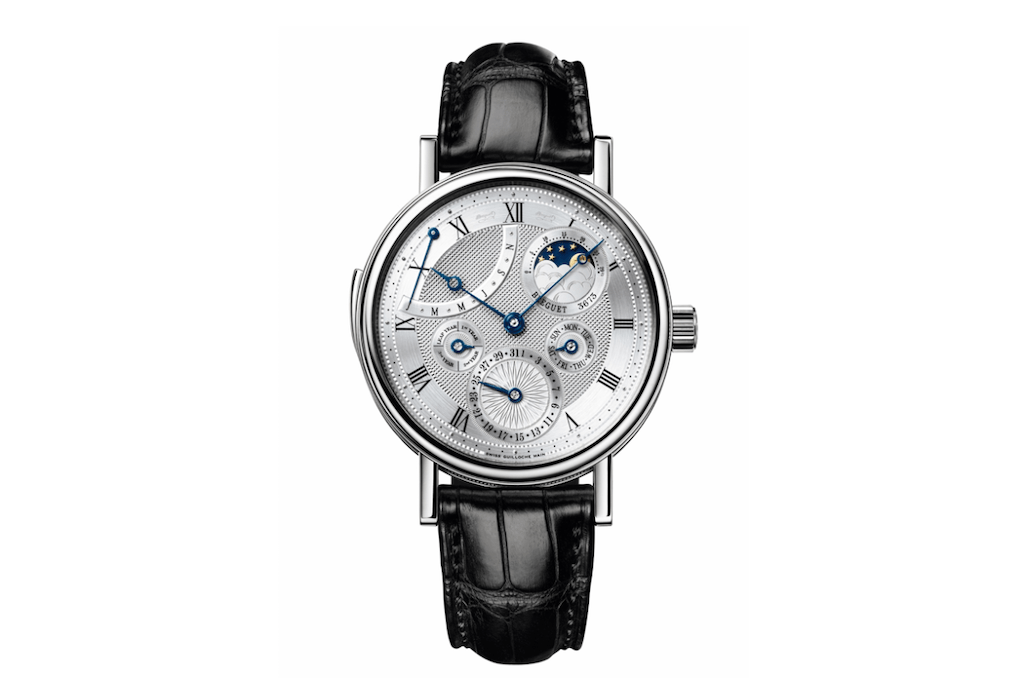A Quick Guide to Watches: Everything You Need to Know
So you want a new watch - but which one is right for you?
This post may contain affiliate links. Learn more
Beyond the basic combination of a dial, hands to indicate hours, minutes and seconds, and perhaps a window to show the date, there are myriad variations on the wristwatch theme. Our quick guide to the dozen most popular timepiece types should help you choose. By Simon de Burton
1. Quartz
In a quartz watch, traditional clockwork is substituted for an electronic oscillator regulated by an electrified quartz crystal. Quartz watches are highly accurate but generally need a battery to power them (they can be solar-powered).
BEST BUY: Panthère de Cartier, £19,800
2. Automatic
An automatic watch has a mechanical movement that winds ‘automatically’ by means of an oscillating weight that swings to and fro when the wearer moves.
BEST BUY: Rolex Yacht-Master 42 in white gold, £21,400
3. Hand-wound
As the name suggests, this is a mechanical watch that must be manually wound once a day. Hand-wound watches are often favoured by horophiles for being more tactile than automatics.
BEST BUY: Montblanc 1858 manual small second, £2,750
4. Retrograde display
Retrograde watches feature displays in which the indicators that show information such as the hours, minutes, time or date automatically revert to their starting point.
BEST BUY: Harry Winston Ocean Bi-retrograde automatic, £40,800
5. Chronometer
A chronometer is a watch containing a movement – quartz or mechanical – that has been awarded a certificate for accuracy having been tested at a variety of temperatures and in a variety of positions. The most widely recognised testing agency is the Contrôle Officiel Suisse des Chronomeètres, or COSC.
BEST BUY: Bremont Solo, from £2,895
6. Chronograph
A watch that can be used to record elapsed times. Usually equipped with one button for starting and stopping the chronograph hand and a second for re-setting it, chronographs often have subdials to mark hours, minutes and seconds.
BEST BUY: Chopard Mille Miglia 2019 Race Edition, £5,960
7. Minute repeater
The minute repeater was designed in the days before electric light when gloomy surroundings made it difficult to read the time. The minute repeater sounds the time on demand using a series of tiny gongs, with the most sophisticated being able to indicate hours, quarter hours, and minutes.
BEST BUY: Louis Vuitton Voyager Minute Repeater Flying Tourbillon, around £225,000.
8. Calendar, day-date, annual calendar, weekly calendar
A calendar watch displays the date through an aperture within the dial or by a pointer system. A simple calendar shows the number, a day-date also shows the day and a triple calendar the day, date and month. An annual displays the day, date and month and a weekly shows the number of the week.
BEST BUY: Patek Philippe Calatrava Weekly Calendar, £25,610
9. Tourbillon
In this mechanism, a movement’s escapement and balance wheel – which regulate the release of mechanical energy – are contained within a rotating cage to negate the effects of gravity. It was designed for pocket watches and is less relevant on a wrist watch, but collectors appreciate the skill.
BEST BUY: Graff Gyrograff Great Wall of China, around £710,000
10. Smartwatch/Hybrid
Using Bluetooth to operate with a mobile phone, smartwatches can be loaded with apps and pick up notifications. A hybrid combines smartwatch functionality with traditional aesthetics. They usually feature electronic movements but Frederique Constant’s Hybrid Manufacture 3.0 is the first to feature a mechanical one.
BEST BUY: TAG Heuer Connected Modular, from £1,000
11. Dive watch
A true dive watch must be waterproof to a minimum of 100 metres according to ISO standard 6425. It should also have a uni-directional bezel for calculating air time, a screw- down crown and case back, and a rubber strap or metal bracelet. The crystal should also be extra- thick and non-reflective, and the dial should be dark with bold, luminous markings.
BEST BUY: Breitling SuperOcean II 44, £2,860
12. Perpetual Calendar
One of the most complex horological mechanisms, a perpetual calendar automatically accounts for short months and leap years without the need for manual adjustment. Theoretically, the most sophisticated could remain accurate for more than a century if kept running.
BEST BUY: Breguet Classique Grande Complication, £247,100
Buzz Aldrin & the Missing Moon Watch / Timeless Bridal Jewellery / Daily Shopping: The Luxury List

